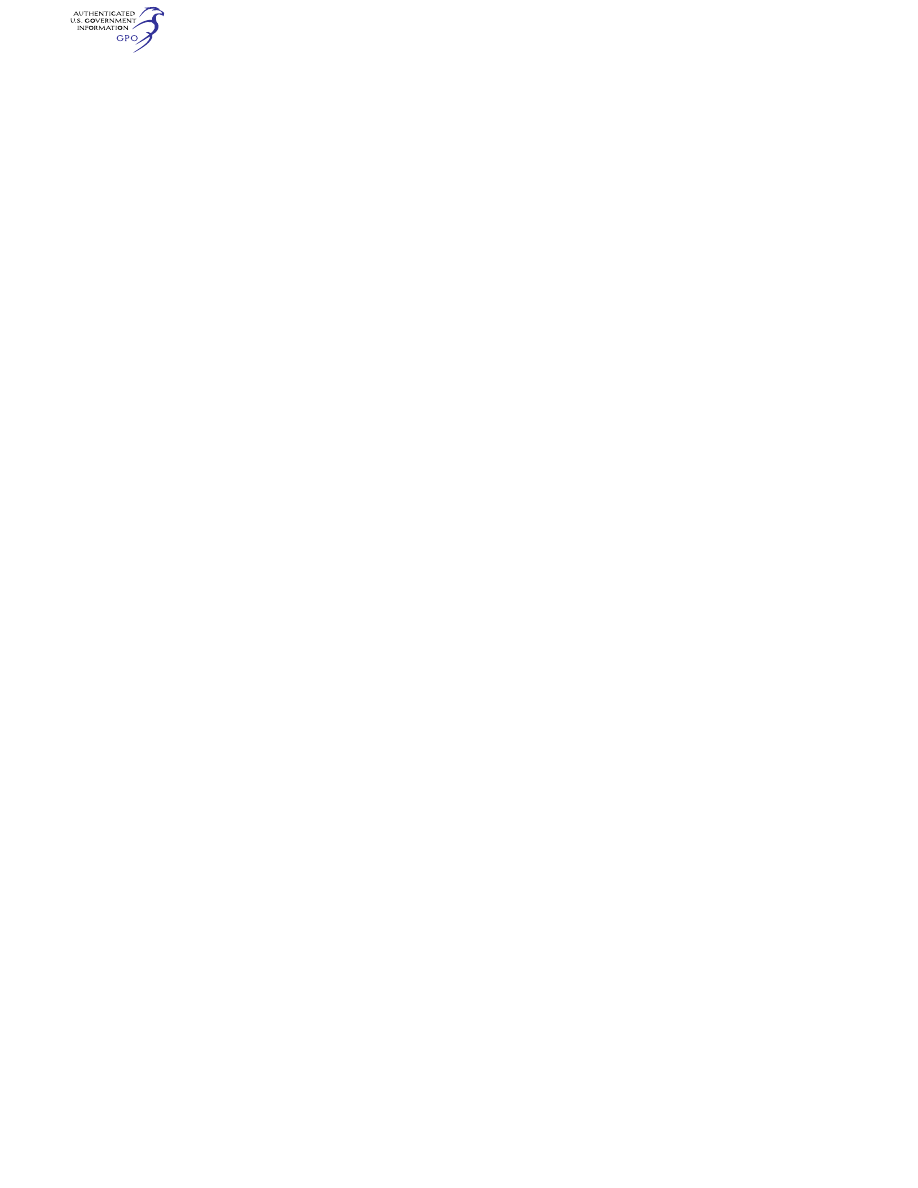
867
Federal Aviation Administration, DOT
§ 93.333
A. For helicopters with a flyover noise
level obtained in accordance with the meas-
urement procedures prescribed in Appendix
H of 14 CFR part 36, the limit is 80 dB for hel-
icopters having a seating configuration of
two or fewer passenger seats, increasing at 3
dB per doubling of the number of passenger
seats for helicopters having a seating con-
figuration of three or more passenger seats.
The noise limit for helicopters with three or
more passenger seats can be calculated by
the formula:
EPNL(H) = 80 + 10log(# PAX seats/2) dB
B. For helicopters with a flyover noise
level obtained in accordance with the meas-
urement procedures prescribed in Appendix J
of 14 CFR part 36, the limit is 77 dB for heli-
copters having a seating configuration of
two or fewer passenger seats, increasing at 3
dB per doubling of the number of passenger
seats for helicopters having a seating con-
figuration of three or more passenger seats.
The noise limit for helicopters with three or
more passenger seats can be calculated by
the formula:
SEL(J) = 77 + 10log(# PAX seats/2) dB
C. For propeller-driven airplanes with a
measured flyover noise level obtained in ac-
cordance with the measurement procedures
prescribed in Appendix F of 14 CFR part 36
without the performance correction defined
in Sec. F35.201(c), the limit is 69 dB for air-
planes having a seating configuration of two
or fewer passenger seats, increasing at 3 dB
per doubling of the number of passenger
seats for airplanes having a seating configu-
ration of three or more passenger seats. The
noise limit for propeller-driven airplanes
with three or more passenger seats can be
calculated by the formula:
LAmax(F) = 69 + 10log(# PAX seats/2) dB
D. In the event that a flyover noise level is
not available in accordance with Appendix F
of 14 CFR part 36, the noise limit for pro-
peller-driven airplanes with a takeoff noise
level obtained in accordance with the meas-
urement procedures prescribed in Appendix
G is 74 dB or 77 dB, depending on 14 CFR part
36 amendment level, for airplanes having a
seating configuration of two or fewer pas-
senger seats, increasing at 3 dB per doubling
of the number of passenger seats for air-
planes having a seating configuration of
three or more passenger seats. The noise
limit for propeller-driven airplanes with
three or more passenger seats can be cal-
culated by the formula:
LAmax(G) = 74 + 10log(# PAX seats/2) dB for
certifications obtained under 14 CFR part
36, Amendment 21 or earlier;
LAmax(G) = 77 + 10log(# PAX seats/2) dB for
certifications obtained under 14 CFR part
36, Amendment 22 or later.
[Doc. No. FAA–2003–14715, 70 FR 16092, Mar.
29, 2005]
Subpart V—Washington, DC Met-
ropolitan Area Special Flight
Rules Area
S
OURCE
: Docket No. FAA–2004–17005, 73 FR
76213, Dec. 16, 2008, unless otherwise noted.
§ 93.331
Purpose and applicability of
this subpart.
This subpart prescribes special air
traffic rules for aircraft operating in
the Washington, DC Metropolitan
Area. Because identification and con-
trol of aircraft is required for reasons
of national security, the areas de-
scribed in this subpart constitute na-
tional defense airspace. The purpose of
establishing this area is to facilitate
the tracking of, and communication
with, aircraft to deter persons who
would use an aircraft as a weapon, or
as a means of delivering weapons, to
conduct an attack on persons, prop-
erty, or buildings in the area. This sub-
part applies to pilots conducting any
type of flight operations in the air-
space designated as the Washington,
DC Metropolitan Area Special Flight
Rules Area (DC SFRA) (as defined in
§ 93.335), which includes the airspace
designated as the Washington, DC Met-
ropolitan Area Flight Restricted Zone
(DC FRZ) (as defined in § 93.335).
§ 93.333
Failure to comply with this
subpart.
(a)
Any violation. The FAA may take
civil enforcement action against a
pilot for violations, whether inad-
vertent or intentional, including impo-
sition of civil penalties and suspension
or revocation of airmen’s certificates.
(b)
Knowing or willful violations. The
DC FRZ and DC SFRA were established
for reasons of national security under
the provisions of 49 U.S.C. 40103(b)(3).
Areas established by the FAA under
that authority constitute ‘‘national de-
fense airspace’’ as that term is used in
49 U.S.C. 46307. In addition to being
subject to the provisions of paragraph
VerDate Sep<11>2014
14:00 Mar 14, 2024
Jkt 262047
PO 00000
Frm 00877
Fmt 8010
Sfmt 8002
Q:\14\14V2.TXT
PC31
aworley on LAPBH6H6L3 with DISTILLER